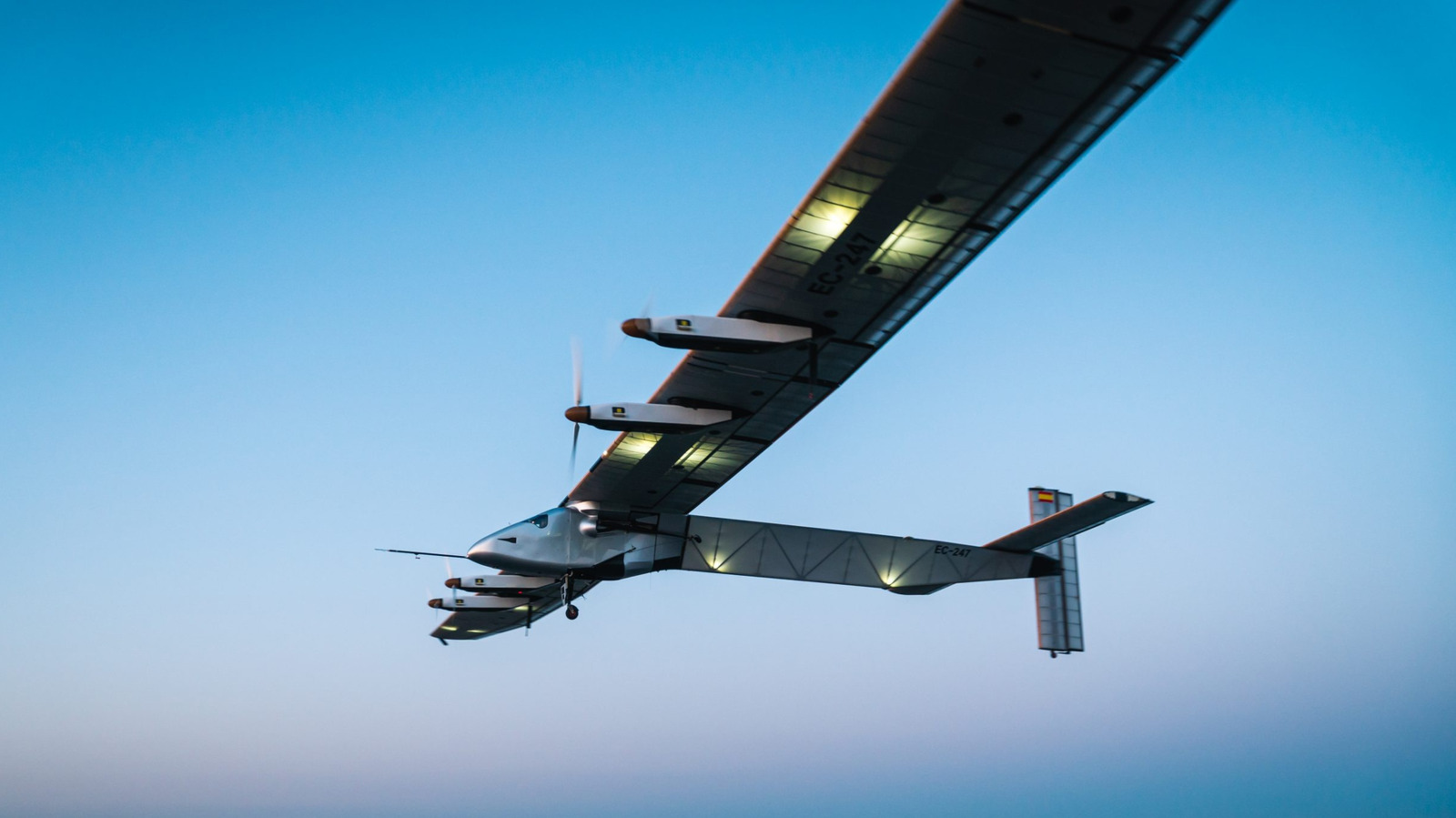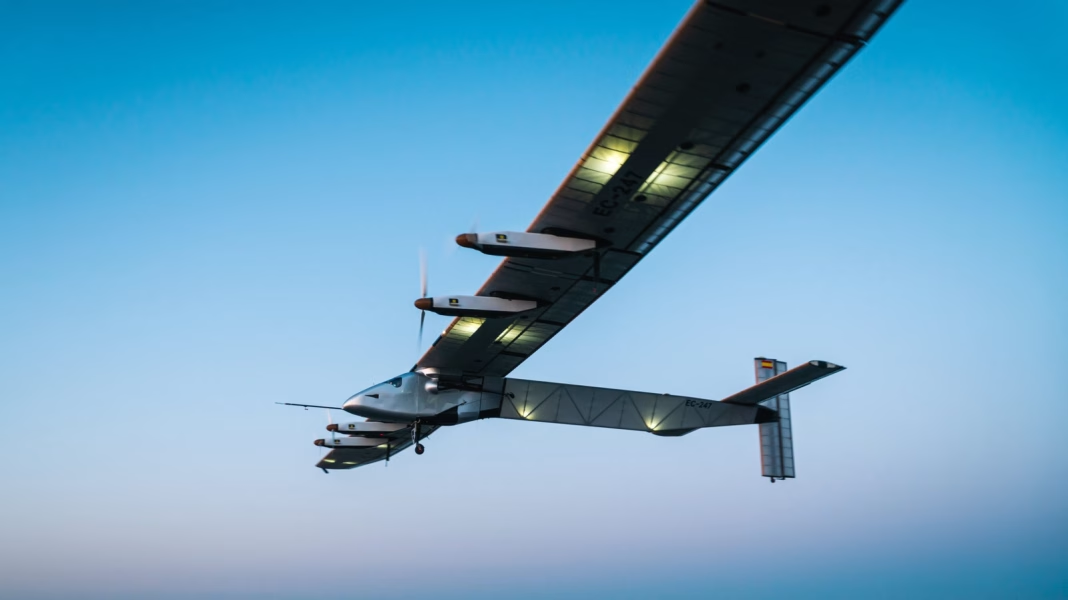How Close Are We to Drones That Never Land?
Imagine a drone that could circle the globe without ever needing to refuel or recharge—only touching down for a quick tune-up before heading back into the sky. That’s not just science fiction anymore. Skydweller Aero is pushing the boundaries of what’s possible, aiming to create drones capable of truly “perpetual” flight. But how realistic is this vision, and what does it mean for the future of aviation and technology?
What Makes Perpetual Flight Possible?
The secret sauce here is solar power. Skydweller Aero’s massive drone, roughly the size of a Boeing 747, is designed to soak up sunlight through an array of high-efficiency solar panels stretched across its wings. During the day, these panels generate enough electricity to power the drone’s motors and charge onboard batteries. At night, the stored energy keeps everything running smoothly until sunrise.
This isn’t just theory—Skydweller’s prototype has already demonstrated the ability to stay aloft for three days straight, powered solely by the sun. That’s a huge leap from traditional drones, which are often limited by battery life or the need for frequent refueling. The company’s ultimate goal? To keep these aircraft in the sky for months at a time, only landing when absolutely necessary for maintenance.
Why Does Perpetual Flight Matter?
The implications are enormous. Think about disaster response: a solar-powered drone could hover over a hurricane zone for weeks, providing real-time imagery and communications when ground infrastructure is wiped out. Or consider environmental monitoring—tracking deforestation, wildfires, or ocean pollution without the logistical headaches of constant takeoffs and landings.
Military and commercial applications are also in play. Persistent surveillance, border monitoring, and even providing internet connectivity to remote regions become much more feasible when you don’t have to worry about fuel or battery swaps every few hours.
What Are the Biggest Challenges to Achieving This?
Of course, perpetual flight isn’t as simple as slapping some solar panels on a wing and calling it a day. There are real engineering hurdles. For starters, the drone must be incredibly lightweight yet strong enough to withstand turbulence and weather extremes. Battery technology is another sticking point—current lithium-ion batteries degrade over time, limiting how long the drone can operate before needing a replacement.
Weather is a wild card, too. Extended periods of cloud cover or storms could sap the drone’s energy reserves, forcing an early landing. Skydweller Aero is working on advanced flight planning algorithms and robust energy management systems to help mitigate these risks, but Mother Nature always gets a vote.
How Does Skydweller’s Approach Stand Out?
What sets Skydweller apart is its focus on scale and autonomy. While other solar-powered aircraft have made headlines (remember the Solar Impulse project?), Skydweller’s design is built for heavy-duty, real-world missions. The drone is fully autonomous, capable of self-piloting for weeks or months, and is engineered to carry significant payloads—think high-resolution cameras, radar, or communications gear.
According to recent industry reports, the global market for solar-powered drones is expected to grow by more than 12% annually through 2030, driven largely by advances like these. Skydweller’s team includes veterans from both aerospace and renewable energy sectors, lending serious credibility to their ambitious plans.
What’s Next for Solar-Powered Drones?
We’re still a few years away from seeing fleets of perpetual drones crisscrossing the skies, but the progress is undeniable. Skydweller Aero is already collaborating with government agencies and private partners to test and refine its technology. As battery chemistry improves and solar cells become even more efficient, the dream of maintenance-only landings inches closer to reality.
The big takeaway? Perpetual flight isn’t about perfection—it’s about smarter adjustments. Start with one change this week, and you’ll likely spot the difference by month’s end. The future of flight is bright—and it’s powered by the sun.


